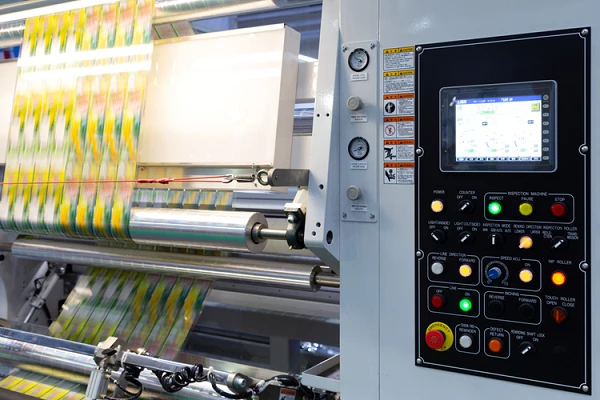
Partner Article
The Future of Label Technology: Trends to Watch Out For
Labels have been an important part of packaging for many years, providing information about a product’s contents, origin, and use. As technology continues to advance, the future of labels is likely to be characterized by greater customization, sustainability, and functionality.
Digital Printing: Digital printing technology has several advantages over traditional printing methods. It allows for shorter print runs, faster turnaround times, and greater flexibility in terms of design and customization. It also eliminates the need for printing plates, reducing setup costs and waste. As the technology continues to improve, we can expect to see even more sophisticated and cost-effective digital printing solutions in the future.
Smart Labels: Smart labels are becoming increasingly popular in industries such as food and beverage, pharmaceuticals, and logistics. They can provide a wide range of benefits, including improved traceability, enhanced safety and security, and greater consumer engagement. For example, a smart label on a bottle of medication could provide patients with information on how to take their medication correctly, while a smart label on a food product could provide information on its nutritional content and allergen warnings.
Sustainable Materials: There is growing concern about the environmental impact of packaging materials, and labels are no exception. To address this, there is a trend towards using more sustainable label materials, such as recycled paper, biodegradable plastics, and even plant-based materials. Labels that can be easily removed without leaving residue are also becoming more popular, as they can improve the recyclability of the overall package.
Augmented Reality: Augmented reality technology is being used in a variety of applications, from gaming to education to marketing. In the context of labels, AR can be used to provide consumers with additional information about a product, such as how it is made or how it can be used. This technology can also be used to create more engaging and interactive product packaging, which can help to differentiate a product from its competitors.
Security Features: Counterfeiting is a growing problem in many industries, and labels can play an important role in ensuring product authenticity. Security features such as holograms, barcodes, and RFID tags can help to prevent counterfeiting by making it easier to track and verify products. In addition, these features can provide consumers with additional reassurance that they are buying a genuine product.
In conclusion, the future of labels is expected to be marked by several exciting trends. The rise of digital printing technology will allow for greater customization, shorter print runs, and faster turnaround times. Smart labels, which incorporate technology to provide additional information and functionality, will become more prevalent, enhancing the consumer experience and improving traceability and security. The use of sustainable materials will also be a priority, as companies look to reduce waste and improve recyclability.
This was posted in Bdaily's Members' News section by Weblinx .








 Apprenticeships: Lower standards risk safety
Apprenticeships: Lower standards risk safety
 Keeping it reel: Creating video in an authenticity era
Keeping it reel: Creating video in an authenticity era
 Budget: Creating a more vibrant market economy
Budget: Creating a more vibrant market economy
 Celebrating excellence and community support
Celebrating excellence and community support
 The value of nurturing homegrown innovation
The value of nurturing homegrown innovation
 A dynamic, fair and innovative economy
A dynamic, fair and innovative economy
 Navigating the property investment market
Navigating the property investment market
 Have stock markets peaked? Tune out the noise
Have stock markets peaked? Tune out the noise
 Will the Employment Rights Bill cost too much?
Will the Employment Rights Bill cost too much?
 A game-changing move for digital-first innovators
A game-changing move for digital-first innovators
 Confidence the missing ingredient for growth
Confidence the missing ingredient for growth
 Global event supercharges North East screen sector
Global event supercharges North East screen sector